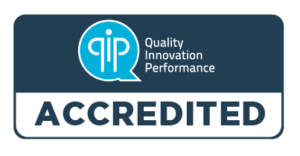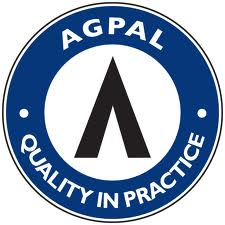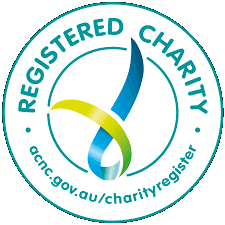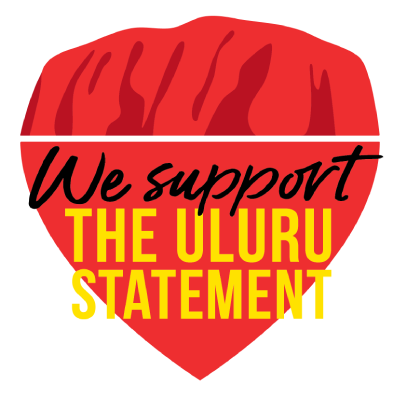The name ‘pain killers’ tends to give the wrong idea. Pain medications called ‘analgesics’ or pain modifiers, and most pain procedures, only tend to help about 1 person out of 4 improve their pain by 50% (or more), compared to a placebo or dummy treatment. So if a pain medication is given to 4 people, one person will get 50% or more relief (compared to placebo). Hence, the name ‘pain modifier’ is more realistic than ‘pain killer’. It is best to keep your expectations low! All medications and procedures have a placebo (or ‘I will please’) effect: this shows the power of our body to control pain naturally, and is a good thing. Placebos have a positive effect, as our bodies are ‘wired’ to release our natural pain modifiers.
If you do get a positive benefit from pain medications or procedures, make sure you continue to advance your paced activity and keep moving with pain. This approach helps to prevent a recurrence of your pain. The goal of pain modifying medications is to allow you to get active, to improve your physical function, mood, sleep and your ability to manage your pain. Sometimes your doctor may advise combining medicines. This is because different drugs work at different places in your body and in different ways. Combining drugs can mean you require lower doses of each, with less risk of side effects while ensuring pain relief.
Credits: Joyce McSwan – PainWISE Pty Ltd.
![]() Topic 2: Medicine and Pain (Presentation)
Topic 2: Medicine and Pain (Presentation) ![]() Welcome Newsletter
Welcome Newsletter











